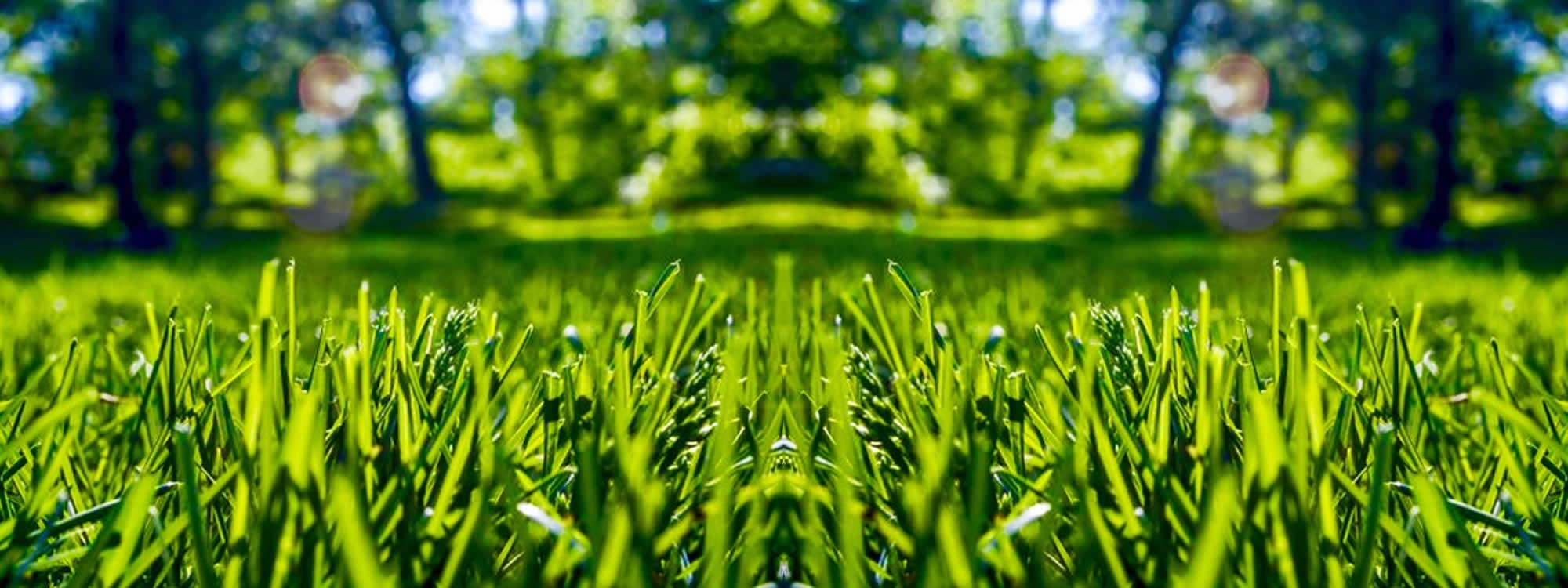Our commitment to client communication is paramount in long term customer relationships. Do you have Questions not answered on our FAQ page? Ask us HERE!
A: Mowing more than 1/3 of the grass blade height will cause stress to the turf grass and promote weed growth throughout the lawn. It is important to always leave as much leaf surface as possible so that photosynthesis can occur.
A: Sod requires heavy watering.The goal is water enough to ensure water reaches the roots of the new sod. Generally, during the growing season sod should take root in approximately two weeks. Successful rooting can be checked by lifting the sod and seeing if it has rooted (attached) to the ground.
A: Core aeration loosens the soil to help with the flow of air, water and fertilizers.
It helps control thatch build up, stimulates root development, and creates a healthy, thick stand of turf. We recommend this as an annual service in the spring after your lawn has come out dormancy.
A: Early spring before new growth. This is typically mid February. Pruning should be done only to shape the tree; not to severely control plant height.
A: We recommend it twice annually. Spring and fall applications will maintain a year round esthetical appearance.
A: Thatch is a layer of organic matter that accumulates around the base of the grass plant. Small amounts of thatch are beneficial, providing insulating effects against fluctuations in temperature and moisture. However, excessive thatch can inhibit water and nutrients from reaching the rootzone, therefore causing decline. Core aeration helps to alleviate excessive thatch build up.
A: Our client hub is a self-serve, online experience that allows our clients to approve quotes, check appointment details, pay invoices, print receipts, or request additional work. Once your account is activated with us you can access from our website via the “client hub” tab by simply entering your email address.
A: All of our clients receive service notifications the evening prior to service commencement. Generally service days will remain the same from week to week unless inclement weather forces scheduling adjustments.
A: A green lawn requires a professionally crafted, custom plan. Every lawn is different and achieving a healthy lawn is a science. PH balance, proper fertilization, and weed abatement are all key aspects to a healthy stand of turf.
A: Individuals who have successfully completed the Florida-Friendly Landscaping Certified professional training requirements by UF/IFAS are trained professionals that have demonstrated the ability to recognize and address common landscape issues by using environmentally sustainable landscape management practices that help preserve and protect Florida’s water and natural resources.
A: 1) Right plant, right place. 2) Watering efficiently. 3) Fertilize appropriately 4) Mulch. 5) Attract wildlife. 6) Manage yard pests responsibly. 7) Recycle yard waste. 8) Reduce stormwater runoff. 9) Protect the waterfront.
A: We utilize the best commercial grade equipment currently available on the market today. Our current fleet consists of Scag, Walker, Honda, and Echo brands.
A: Our maintenance plans are uniquely tailored toward each property. Generally we do not. Our machines are outfitted with mulch systems. On most lawns, grass clippings should be left on the ground to help recycle nutrients and organic matter to the soil and to reduce yard waste in landfills. We do have the ability to bag clippings for properties that require it, and at times throughout the year do. All maintenance plans are customized towards the needs and health of the property.
A: The growth rate of your lawn determines the frequency of service needed. Low maintenance grass such as bahiagrass are mowed just to remove unsightly seedheads, rather than to actually cut leaf blades. Mowing should occur frequently enough so that no more than ⅓ of the blade height is being removed during the service visit. During initial consultation with us we can help guide you through which is best suited for your lawn.
A: The amount of water and frequency of water should be enough to reach the root zone. 1 to ½ inches per week of “supplemental watering” from your sprinkler system 3 days per week is commonly recommended. Sprinklers should be run in the early morning hours before sunrise preventing evaporation. The best thing you can do for your lawn is to water when your lawn needs it, at a rate the soil can absorb. Your lawn will be healthier and so will Florida’s environment.
A: Before applying fertilizer to your lawn you should perform a soil test. Testing your soil let’s you know what nutrients your lawn needs. Testing provides an analysis of soil nutrient levels, including N-P-K (Nitrogen, Phosphorus, and Potassium). Soil testing also tells you the ph level of your soil, and if you need an amendment such as lime to correct the pH level.
A: We provide services to both residential and commercial properties.
A: Yes! We are a full service landscaping company, including light excavation, land & storm water management services.


